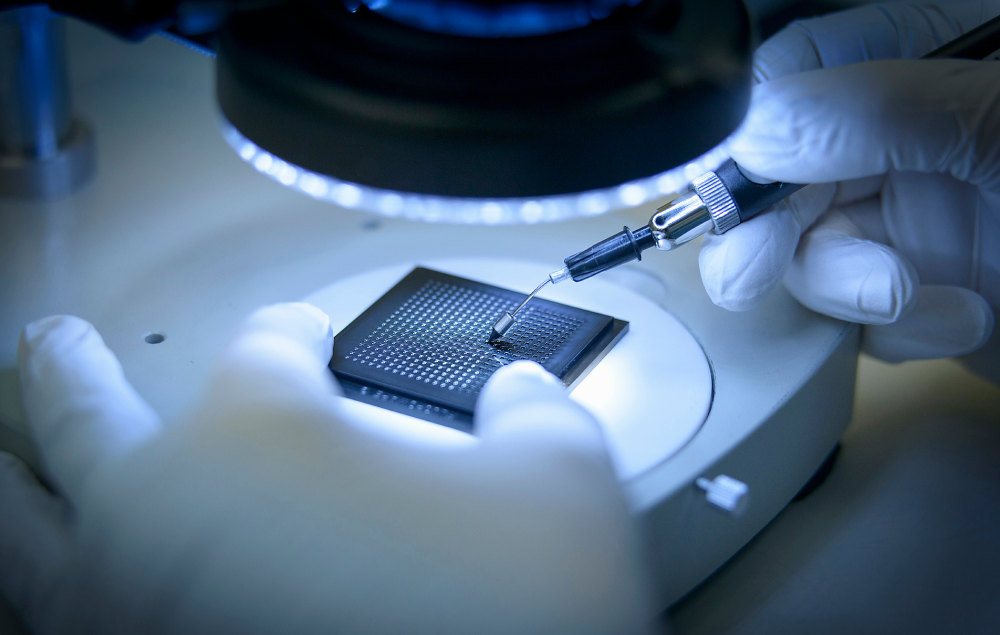Why have Japan’s SoftBank, US-based Insight Partners and the Swedish company builder behind Northvolt and H2 Green Steel, Harald Mix, invested more than €200m in a Norwegian production-on-demand scaleup?
According to the founder of Gelato, which has nothing to do with Italian ice cream, it has to do with the need to completely change the production industry.
“All of the macro trends that we see with sustainability, the political climate, expensive shipping and broken supply chains — they make us well-positioned to become part of the solution,” says Henrik Müller-Hansen, Gelato's founder and CEO.
The shipping industry is responsible for nearly 3% of the world's greenhouse gas emissions and about 40% of all shipping today runs on fossil fuels.
Brussels has dictated that from next year all ships will have to buy permits for emissions within the EU, as well as for emissions made between the region and other countries. There are also talks of imposing a global emissions tax on the shipping industry.
But making the shipping industry run on green energy is just one solution to the issue: what if focusing on local production could help reduce shipping altogether?
That's where Gelato's platform for production on demand comes in.
The Norwegian unicorn was founded in 2007, has 130 partners in 32 countries and, it says, the world’s largest network for production on demand.
Investors seem to agree.
Gelato has had Dawn Capital and Harald Mix on its cap table since 2010, and when it raised a funding round of €210m two years ago added plenty of international investors to its list of shareholders, including SoftBank, Insight Ventures and Goldman Sachs. At the beginning of 2023, it still had €120m left from that round.
Localising production
Gelato’s partners with digital printing companies across the world and allows creators and e-commerce merchants to sell their prints or art for people to have printed on mugs, t-shirts and posters locally.
By being used in combination with Shopify or Etsy (for the e-commerce infrastructure) and Adyen or Paypal (for payment), Müller-Hansen believes that it helps entrepreneurs and small merchants compete with large multinationals, and helps local businesses thrive and sell globally, without increasing the burden on the climate.
“We need to change the whole structure of the production industry, if we don’t do that, we will not solve the climate challenge,” he says.
An artist in Sydney can then sell their artwork, a t-shirt or a mug to an individual or company in Amsterdam and, by using Gelato's software, have it printed, distributed and delivered within a day or two from the nearest digital printing hub in the Netherlands.
Combined with 3D printing we could see a future where we can produce anything locally, from clothing, furniture and personalised items, according to Müller-Hansen.
“Production has to go towards personalised production and centralised production, like in China or Bangladesh, must go towards local production in Stockholm, Oslo and Paris,” he says.
“To make that happen we need software to connect these [printing] machines and build a global solution for this. That is what we have spent 15 years building.”
From production platform to software distribution
According to Gelato, 87% of all its orders were produced locally in 2022, in the same country as the end customer. Last year, Gelato had 4m orders that were produced and delivered to 184 countries.
Gelato, which had total revenue of €107m last year, up from €87m in 2021, makes its money by taking a cut from the seller and then it manages the production, distribution and the risks associated with unhappy customers.
Production partners have until now only been able to use the Gelato software for products ordered through Gelato. From next year, however, the plan is to let partners use the software for the complete production journey with other existing customers of theirs, by paying for an annual subscription.
“In three to four years, I believe this will be by far our biggest source of income,” Müller-Hansen says.
According to Gelato, using its software increases the profits for digital printing partners by 3-7%.
“This is gigantic in this industry of about $800bn,” he says. “So the future for us is to become an operative system for the global production industry — it has just taken us time to get here.”


